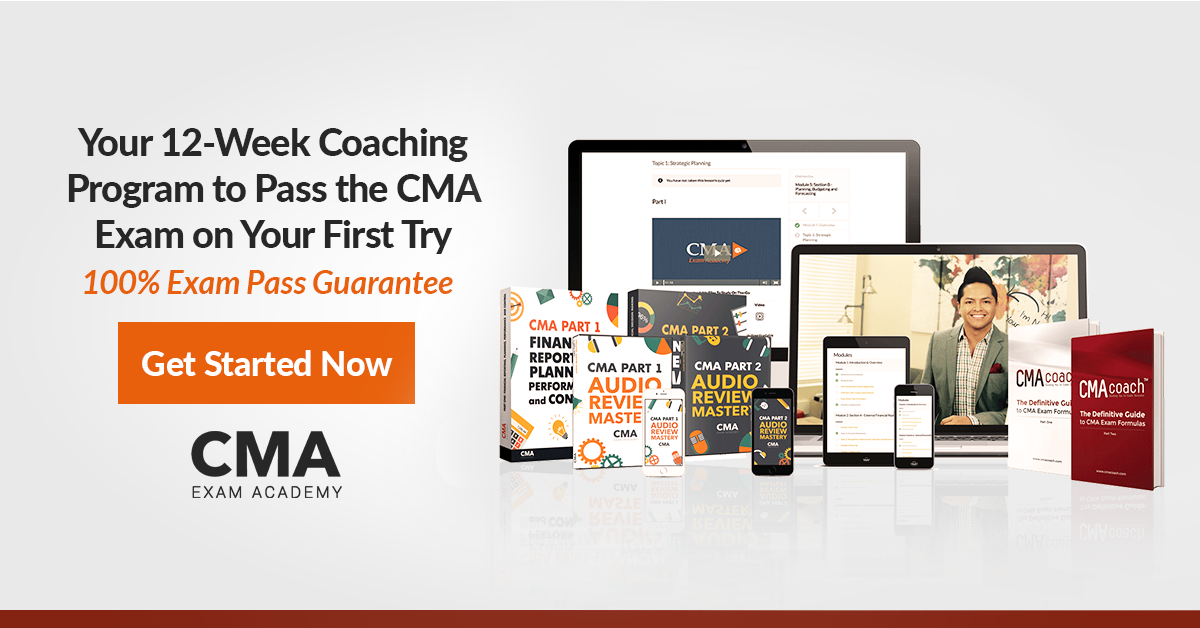The budget development process commonly includes the preparation of budget guidelines and directives; a mechanism for synchronizing the budget preparation and review; procedures to expedite budget review, analysis, modification, and adoption; reporting on variances; and use of the variance reports. The whole process can be classified under the following steps:
Step #1: Budget Guidelines & Directives
This is the first step in the budget development process. The budget guidelines and directives are established and communicated to all the people concerned within the enterprise. Usually, this is done by a budget committee or top management. To a large extent, the initial budget directives regulate the preparation of the budget.
Important factors taken into consideration in the development of the budget guidelines include enterprise goals and long-term plans, anticipated operational outcome for the current period, overall outlook for the markets and the economy the enterprise serves, short-term goals, and specific corporate response to emergencies like corporate downsizing.
Step #2: Budget Proposals are Prepared by Different Divisional Managers
In this step, responsibility center managers of different divisions – manufacturing, marketing, collection, etc. – prepare the initial budget proposal, using the budget directives and their knowledge in their respective areas of specialization. This includes launching of new products or modifications to be effected in the manufacturing processes or product design.
Step #3: Review, Negotiations, & Approval
The initial budget proposals are reviewed for their compliance to the budget guidelines. An unbiased assessment to establish the veracity of the budget goals is made. Required modifications are negotiated between the top level management and the responsibility center managers.
Typically, the budget proposal passes through successive levels of management. There is a possibility of the budget proposal being re-negotiated at each level.
Altogether, these negotiations are not only the most time-consuming component of the entire budget development process, but also the most important one. Ultimately, all of the separate unit budgets are unified to make up the consolidated master budget (first draft). This is reviewed by the senior management to assess its feasibility and achievability.
Negotiations for further revisions are completed before submitting the revised consolidated master budget to the budget committee for approval. Later, approval of the CEO is sought. After approving the budget, the CEO sends the budget to the board of directors. Finally, the board of directors approves the consolidated master budget.
Step #4: Revisions
Occasionally, when the assumptions upon which the budget was developed change considerably, some changes are incorporated into the budget even after its adoption. However, frequent changes may lead to the responsibility centers not giving the budgeting process due respect.
Consequently, the final budget should only be revised when the state of affairs changes immensely and the changes are outside the control of the organization.
Step #5: Reporting on Variances
An enterprise must compare the actual results with the planned results in the budget. Otherwise, the budget is meaningless. This comparison between the actual results and the planned results is called Variance Reporting.
Usually, this reporting takes place at each budget unit level. Variances are reported by the responsibility center managers to their superiors at the completion of every reporting period (monthly or quarterly). Variance reporting includes the identifiable causes of these variances and the amounts of variances.
Step #6: Use of Variance Reports
Enterprises must use the variance reports in pinpointing problem areas and in making the necessary adjustments to operations. For instance, a production variance report will show that raw materials consumption during a specific period was either higher or lower than planned for the actual production. Here, the production manager investigates and detects the cause.
In case the raw materials consumption is more than planned, the purchase manager may also be involved in the variance reporting process. If the quality of the raw materials is inferior, requisite correction needs to be made.
If you would like to receive free content and exam tips via email, please subscribe using the form below. I wouldn’t want you to miss out on these golden nuggets.

Hi, I’m Nathan Liao (aka the CMA Coach)! For the last 10 years, over 82,000 accounting and finance pros came knocking at my door seeking guidance and help. If you’re also aiming to conquer the CMA exam on your very first try—without wasting away time or money—you’ve found your ultimate guide. Dive in deeper to discover more about me and the dedicated team that powers CMA Exam Academy. Click here and let’s embark on this journey together!


